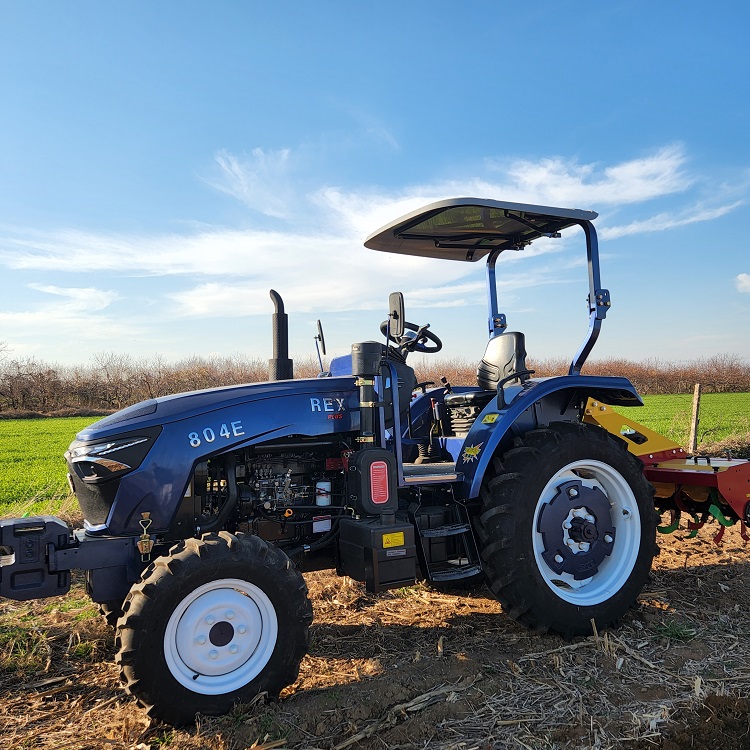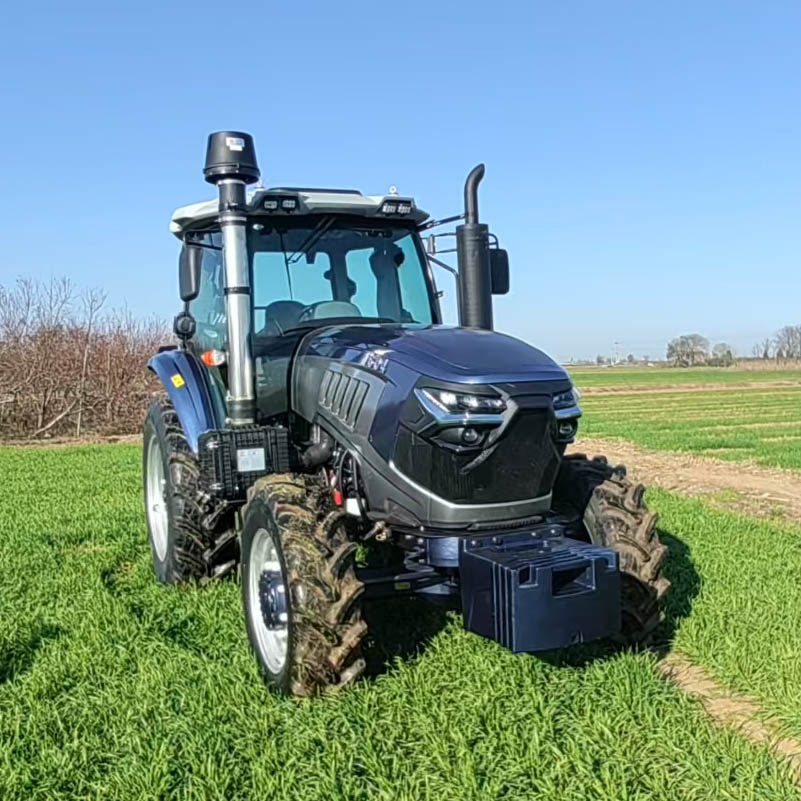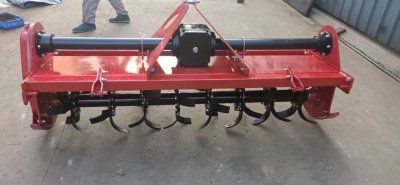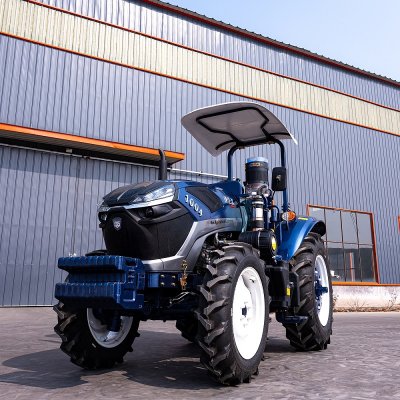The Goal of American Corn's Competitiveness: Protecting Agricultural Innovation
The report of the National Corn Growers Association (NCGA) in the United States puts forward an important competitiveness goal: protecting agricultural innovation.
The report's analysis points out the following challenges:
Challenge 1: The high input costs of corn are a challenge that cannot be underestimated.
Solution: Eliminate tariffs on fertilizers and herbicides. The NCGA has been voicing concerns that tariffs on phosphate imports have a negative impact on farmers. At the same time, the duties on 2,4-D imports also negatively affect farmers. The duties on these two imports will put pressure on the supply chain, leading to shortages and higher prices, and at the same time prevent farmers from accessing the tools to meet their individual needs.

Challenge 2: Pests and diseases in crops.
Solution 1: Protecting endangered species. There is a viable solution within the EPA's Endangered Species Act framework for farmers, which aims to provide species protection before a full consultation with the U.S. Fish and Wildlife Service and the National Oceanic and Atmospheric Administration Fisheries Service. However, an overly conservative approach may cause farmers to comply with burdensome mitigation measures, which are not only financially burdensome but also time-consuming for farmers. Once the requirements and mitigations are met, if a full consultation is not required, there is little opportunity to reduce or eliminate them. It is important to ensure that endangered species are protected through realistic and manageable strategies.
Solution 2: As pests, diseases, and weather patterns change over time, the research and development of new products is crucial for dealing with existing and emerging threats. Championing innovation in agronomic research is of vital importance. An example is the increasing incidence of mycotoxins such as aflatoxin and deoxynivalenol, which are toxic substances produced by certain fungi in corn and can be harmful to humans and animals. The increased funding for research related to these toxins will be directed to the NCGA's Center of Excellence for Aflatoxin Mitigation, a collaborative effort among state corn commissions and university experts to effectively identify tools for prevention, in-field measurement, and post-harvest strategies to combat aflatoxin and other mycotoxins.

Challenge 3: Maintaining the status as the producer of the world's most affordable, abundant, and sustainable corn.
Solution 1: Opportunities for the regeneration of biotech hybrids. In the past 35 years, the reduction in soil loss has been achieved through biotech seeds that provide alternative weed management options. Thanks to biotechnology, farmers can produce more while having less soil erosion and fewer pesticide applications.
Solution 2: Biotech modifications can reduce dangerous food contaminants. An analysis of more than 6,000 peer-reviewed studies covering 21 years of data found that the yields of biotech corn increased by 25% and significantly reduced dangerous food contaminants. The study, published in Scientific Reports, analyzed field data from 1996 when the first biotech corn was planted in the United States, Europe, South America, Asia, Africa, and Australia.
Solution 3: Protecting the safety, affordability, sustainability, and abundance of seeds and crop protection technologies is crucial for the well-being of our country. For decades, millions of American farmers and ranchers have faithfully supplied these commodities to American consumers. Outbreaks of weeds, insects, and diseases can cause significant crop yield losses. They can also infest grazing lands, making them unusable for livestock and contributing to wildfire fuel loads. Without the continued use of the tools needed to prevent devastating pests, American farms and ranches will soon become economically unsustainable, which jeopardizes the ability of American farmers to provide affordable food and other agricultural products to consumers. For decades, genetic improvement technologies have helped our farmers increase crop yields and prevent pests. Novel applications of these tools may help protect crops from drought and improve their nutritional quality, among other improvements. Retaining these tools and encouraging further progress is essential for maintaining a strong supply of high-quality commodities for American consumers and the competitiveness of American agriculture globally.
Source: Agricultural Machinery News Network



